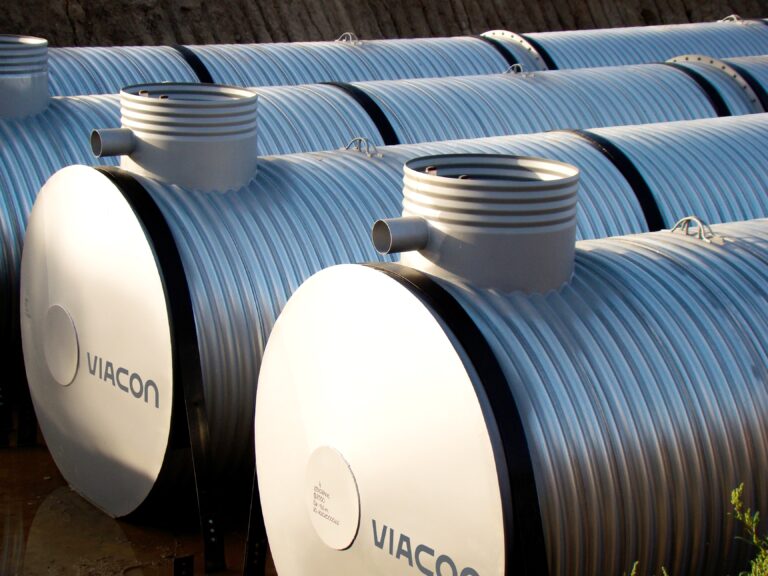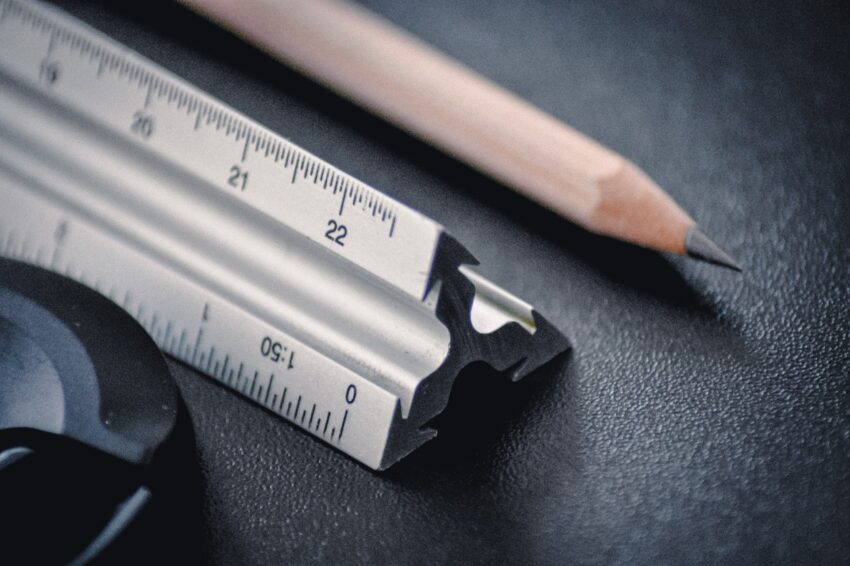ViaCon Storm Solutions
Flood prevention and groundwater infiltration
With climate change intensifying, cities are increasingly confronted with challenges, such as sudden and unpredictable flooding. To maintain the functionality of urban infrastructure, even during heavy rainfall, effective stormwater management is essential.
Urban planners are recognising the critical role of stormwater retention, infiltration, and surface drainage in sustainable city planning. Underground water tanks play a key role in flood prevention and groundwater infiltration, ensuring efficient management of excess water.
Large stadiums, for example, rely on water tanks to handle heavy rainfall without the risk of flooding. By capturing and storing rainwater, these systems help keep playing fields in optimal condition while contributing to sustainable water management. This approach benefits both the environment and the experience of fans, creating a practical and eco-friendly solutions.
Customisation & value engineering
Cost advantages
Supporting sustainability goals
Time-saving installations with easy maintenance access

Applications:
- Data centres
- Parking lots
- Roads
- Warehouses
- Logistics centres
- Parks
- Housing
- Schools
- Supermarkets
Steel: The smarter choice
Twinstore tanks
3-in-1 Solution
A stormwater attenuation tank is engineered to gather and retain surplus surface water runoff during significant storm events. Subsequently, the water is discharged from the storage tank at a regulated pace, typically through a controlled flow mechanism.
During periods of heavy rainfall, stormwater attenuation tanks collect and store excess rainwater runoff from impermeable surfaces such as roofs, roads, and parking lots. The stored water is then slowly released into the drainage system or nearby watercourses through an outlet pipe or controlled release mechanism. This controlled release helps alleviate pressure on downstream drainage systems and reduces the risk of flash flooding.
Determining the size of an underground attenuation tank involves considering various factors, such as the site’s location, depth of the drainage system, storm return period, soil type, and infiltration rate. Location plays a crucial role in estimating the average annual rainfall in the area.
Installation of our stormwater attenuation tanks is straightforward and typically involves excavating a suitable site, placing the tank components in the excavation, and backfilling around the tank to secure it in place. Our tanks are factory-fitted with any necessary accessories, such as access shafts, ladders, and inlet/outlet connections, to minimize on-site fabrication work and streamline the installation process. Once installed, the tank is connected to the existing drainage system or natural watercourses, and any necessary flow regulators are calibrated to ensure optimal performance.

